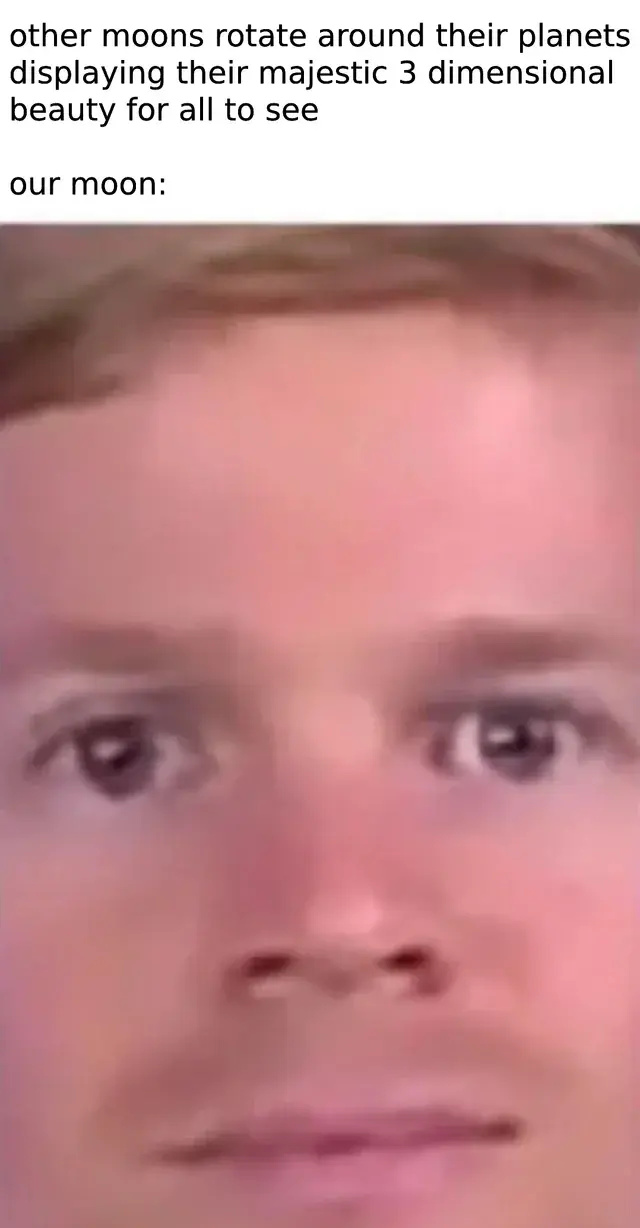this post was submitted on 21 Dec 2023
624 points (98.3% liked)
Science Memes
11745 readers
1904 users here now
Welcome to c/science_memes @ Mander.xyz!
A place for majestic STEMLORD peacocking, as well as memes about the realities of working in a lab.

Rules
- Don't throw mud. Behave like an intellectual and remember the human.
- Keep it rooted (on topic).
- No spam.
- Infographics welcome, get schooled.
This is a science community. We use the Dawkins definition of meme.
Research Committee
Other Mander Communities
Science and Research
Biology and Life Sciences
- [email protected]
- [email protected]
- [email protected]
- [email protected]
- [email protected]
- [email protected]
- [email protected]
- [email protected]
- [email protected]
- [email protected]
- [email protected]
- [email protected]
- [email protected]
- [email protected]
- [email protected]
- [email protected]
- [email protected]
- [email protected]
- [email protected]
- [email protected]
- [email protected]
- [email protected]
- [email protected]
- [email protected]
- !reptiles and [email protected]
Physical Sciences
- [email protected]
- [email protected]
- [email protected]
- [email protected]
- [email protected]
- [email protected]
- [email protected]
- [email protected]
- [email protected]
Humanities and Social Sciences
Practical and Applied Sciences
- !exercise-and [email protected]
- [email protected]
- !self [email protected]
- [email protected]
- [email protected]
- [email protected]
Memes
Miscellaneous
founded 2 years ago
MODERATORS
you are viewing a single comment's thread
view the rest of the comments
view the rest of the comments

Aside from being a meme, the factoid isn't even true.
https://en.wikipedia.org/wiki/Tidal_locking#Moons
https://moon.nasa.gov/resources/429/the-moons-orbit-and-rotation/ This is a good one too!
It just says other moons. Not all other moons. Meaning the meme isn't untrue... Right?
Pedantically speaking, yes. At least some small moons do freely rotate. But they are all very small and very far from their parent planet. If you were on the surface, you wouldn't see details.
Mars has two small moons close to it, but neither rotate relative to the surface. They're also really small and zip about super fast so they're cool for other reasons.
I was skeptical thank you for the confirmation. Especially because the time it takes to lock depends on the relative size of the bodies. Our moon being exceptionally big relatively to our planet, if it has locked, then relatively smaller moons should have locked long before.
Btw, the locking is not perfect, there's a little oscillation of the moon called libration, so we can actually see about 59% of it over the years.